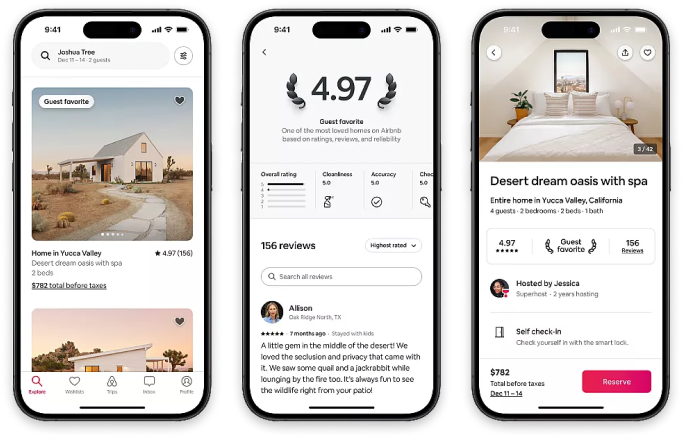Understanding the power of Hypothesis-Driven Development with Interaction Labs
In the fast-paced world of Silicon Valley, where innovation is the currency and disruption is the norm, companies are constantly searching for new ways to stay ahead of the curve.
Amidst this ever-changing landscape, one approach has emerged as a guiding principle for product development : hypothesis-driven development. This methodology, rooted in the scientific method, emphasizes the formulation and testing of hypotheses as a cornerstone of the development process. Let’s delve deeper into what hypothesis-driven development entails, its benefits, and some real-world examples of its application.
Understanding Hypothesis-Driven Product Development
At its core, hypothesis-driven development is about making informed guesses, testing them rigorously, and learning from the results. It begins with identifying a problem or opportunity in the market. Once the problem is defined, the development team formulates hypotheses about potential solutions or approaches. These hypotheses serve as guiding principles throughout the development process, shaping decisions about product features, design, and functionality.
The Power of Experimentation
Key to hypothesis-driven product development is the concept of experimentation. Instead of relying solely on intuition or market research, teams design experiments to test their hypotheses in real-world scenarios. These experiments take various forms, from A/B testing different features to launching MVPs (Minimum Viable Products) to gauge user interest and feedback.
Got an Amazing Idea?
Contact Us Today !
Book a clarity call with our founder. We assure you, your idea will find the right partner!
Case Study: Airbnb
One of the most celebrated examples of hypothesis-driven development comes from Airbnb, the online marketplace for lodging and travel experiences. In the early days of the company, the founders had a hypothesis: that people would be willing to rent out their homes to travelers, providing a more authentic and affordable alternative to traditional hotels.
To test this hypothesis, Airbnb launched a simple website allowing hosts to list their properties and travellers to book them. Initially, the founders took professional photographs of the listings themselves, hypothesising that high-quality images would increase booking rates. When they saw a significant uptick in bookings after implementing this change, their hypothesis was validated.
While Airbnb is data driven, they don’t let data push them around. Instead of developing reactively to metrics, the team often starts with a creative hypothesis, implements a change, reviews how it impacts the business and then repeats that process.

Image Source :
Iterative Learning and Adaptation
A core tenet of hypothesis-driven development is iteration. Based on the results of experiments, teams iterate on their products, making improvements and refinements along the way. This iterative process allows companies to adapt to changing market dynamics and user feedback, ensuring that their products remain relevant and competitive.

Image Source :
Case Study: Spotify
Spotify, the popular music streaming service, is another example of hypothesis-driven development in action. When Spotify first entered the market, it faced stiff competition from established players like iTunes and Pandora. However, the company had a hypothesis: that users would be willing to pay for a subscription service that offered unlimited access to a vast library of music, supported by targeted advertising.
Through a series of experiments, including offering free trials and refining its recommendation algorithms, Spotify was able to validate its hypothesis and attract millions of paying subscribers worldwide. By continuously iterating on its product based on user feedback and market insights, Spotify has remained at the forefront of the music streaming industry.

Image Source :
Key Takeaways
Conclusion
Hypothesis-driven development has emerged as a powerful framework for driving innovation and growth. By formulating hypotheses, designing experiments, and iterating based on results, companies can unlock new opportunities, mitigate risks, and stay ahead of the competition. This data-driven approach not only helps companies build products that resonate with users but also fosters a culture of experimentation and continuous improvement. As the tech landscape continues to evolve, hypothesis-driven development will remain a cornerstone of successful product development strategies, enabling companies to innovate and thrive in today’s dynamic marketplace.


